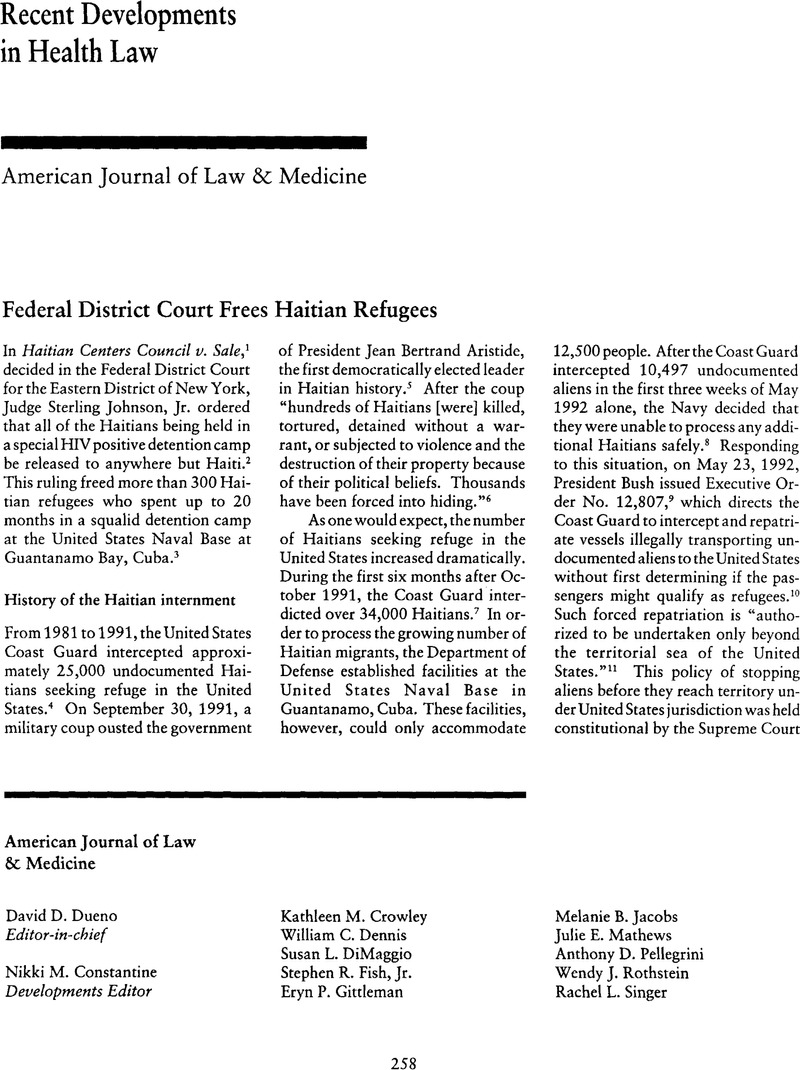Haitian Centers Council,
1993 U.S. Dist. LEXIS 8215 at *
14–
15. Rees's memorandum explained the details of this new policy. “Any person ‘screened-in’ as a possible refugee who has been determined to have a communicable disease that is not curable should be given an interview to determine whether he or she is a refugee [within the statutory definition]. In the case of a Haitian national in Guantanamo, this definition requires a finding that the person is unable or unwilling to return to Haiti because of a well-founded fear of persecution on account of race, religion, nationality, membership in a particular social group, or political opinion. This finding is identical to that required to grant asylum or refugee status. The interview should therefore be identical in form and substance, or as nearly so as possible, to those conducted by asylum officers to determine whether asylum should be granted to an applicant already in the United States.” Id. (quoting Memorandum of Grover Joseph Rees, February 29,
1992).
Google Scholar 